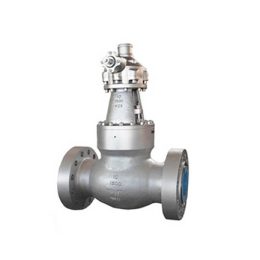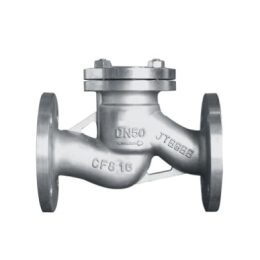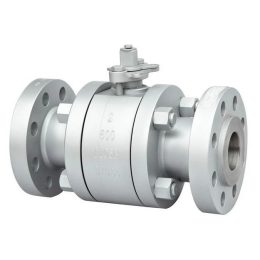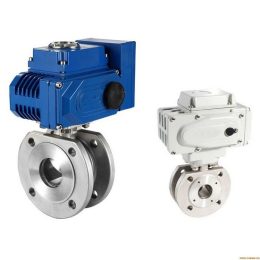Introduction of Anti-Corrosion Methods for Valve Parts
Valves are an essential component in various industries, including oil and gas, chemical, and water treatment plants. However, valves are susceptible to corrosion, which can lead to significant damage to the equipment and a decrease in performance. Corrosion occurs when metal reacts with the surrounding environment or chemical substances. In this blog, we will discuss the introduction of anti-corrosion methods for valve parts to help prevent corrosion and increase the lifespan of the equipment.
Anti-Corrosion Methods for Metal Valves
Anti-corrosion methods for metal valves are essential to prevent corrosion and extend the lifespan of the equipment. The anti-corrosion methods used depend on several factors, including the required protection period, transportation and storage conditions, valve structure characteristics, and materials. The following are the four main methods for preventing corrosion of metal valves and their parts:
- Volatile Corrosion Inhibitor (VCI): VCI is a method used to prevent corrosion by putting the volatile corrosion inhibitor into the steam atmosphere. This inhibits the air from passing through the product chamber, protecting the valve from corrosion during storage, transportation, or manufacturing. Another method is to wrap the valve with barrier paper to prevent air from entering the product chamber.
- Blocked Water and Alcohol Solution: Blocked water and alcohol solutions are used for preventing corrosion by creating a barrier between the metal valve and the surrounding environment. This method is suitable for valves that are not in use for an extended period.
- Anti-Corrosion (Protective) Material: Applying a thin layer of anti-corrosion material to the surface of the valve and its parts is another method to prevent corrosion. The protective layer can be paint, pigment, or lubricating material, which can protect the valve from corrosion during transportation, storage, or manufacturing.
- Blocked Film or Thin Polymer Layer: Coating the valve’s surface and its parts with a blocked film or a thin polymer layer is another method to prevent corrosion. The coated layer provides a barrier between the metal valve and the surrounding environment, preventing corrosion during transportation, storage, or manufacturing.
Advantages of Anti-Corrosion Methods
Using anti-corrosion methods for valve parts provides several advantages, including increased lifespan of the equipment, cost savings, and improved performance. Anti-corrosion methods can help prevent rust and corrosion, which can cause damage to the equipment and result in costly repairs or replacement. Anti-corrosion methods can also help extend the lifespan of the valve parts, which can result in significant cost savings over time. Furthermore, using anti-corrosion methods can improve the performance of the equipment by ensuring that the valve parts are in good condition and functioning correctly.
Conclusion
In conclusion, using anti-corrosion methods for valve parts is crucial to prevent corrosion and extend the lifespan of the equipment. The four main methods for preventing corrosion of metal valves and their parts include volatile corrosion inhibitor, blocked water and alcohol solution, anti-corrosion material, and blocked film or thin polymer layer. Using anti-corrosion methods provides several advantages, including increased lifespan of the equipment, cost savings, and improved performance.



